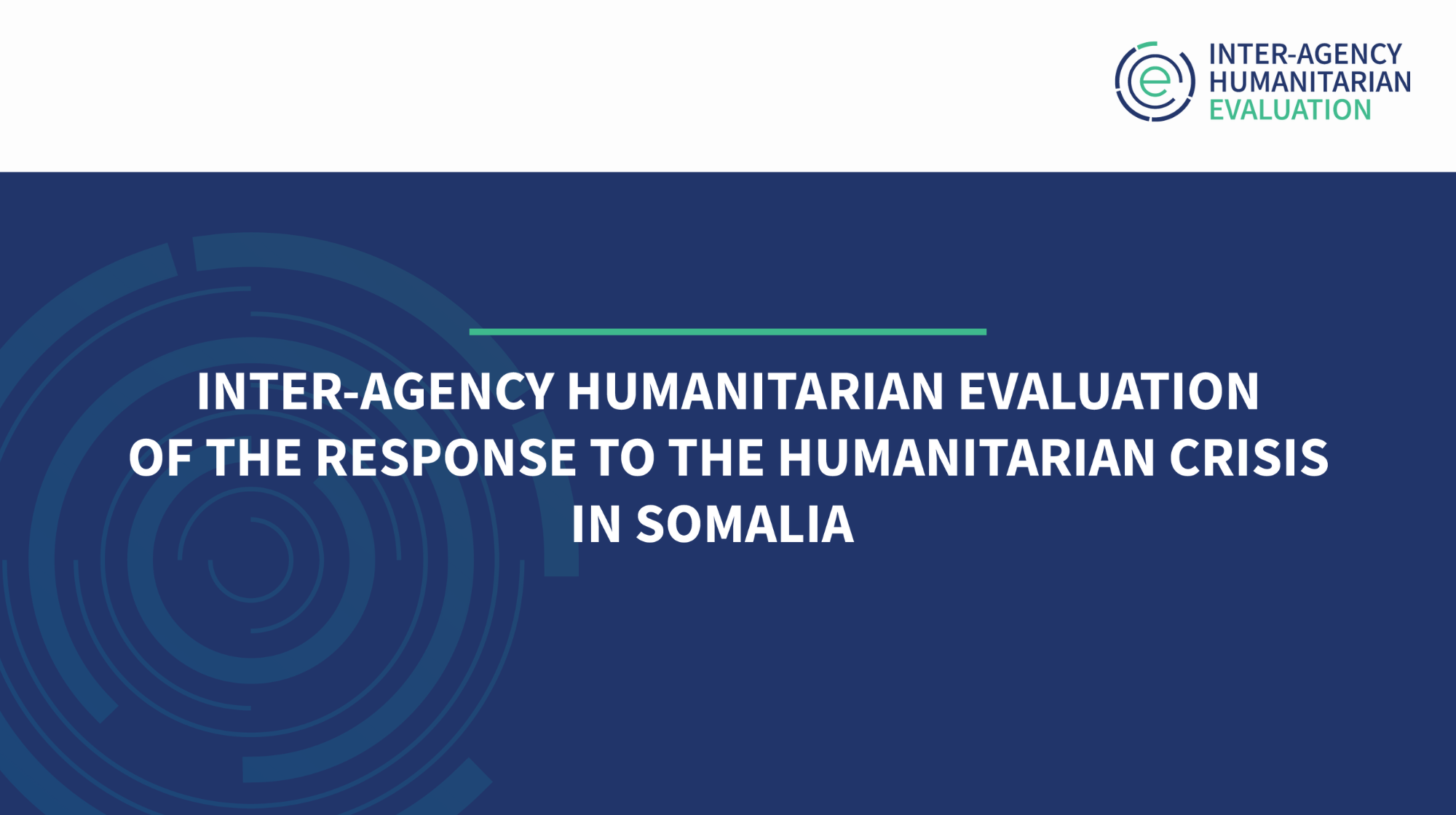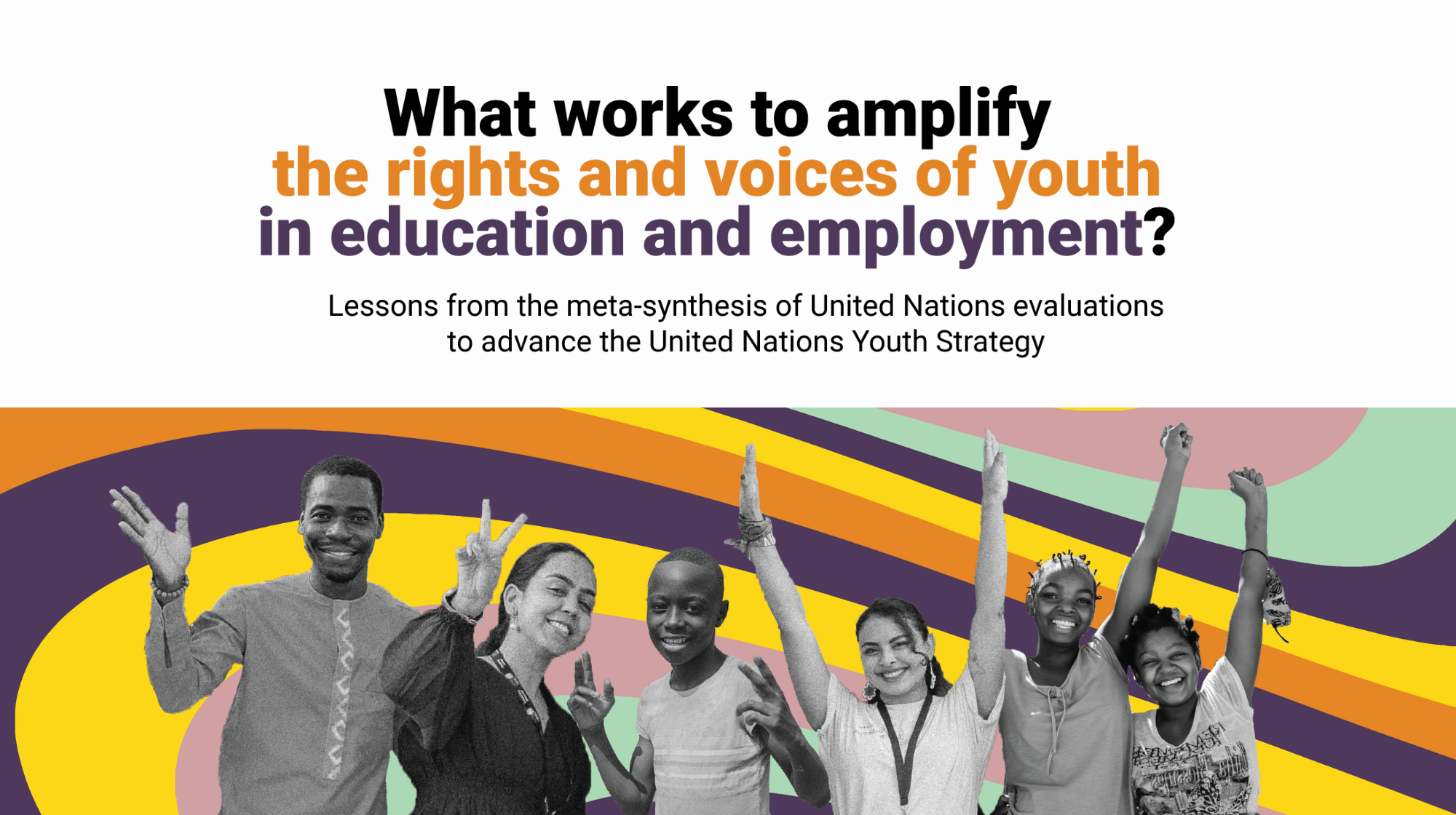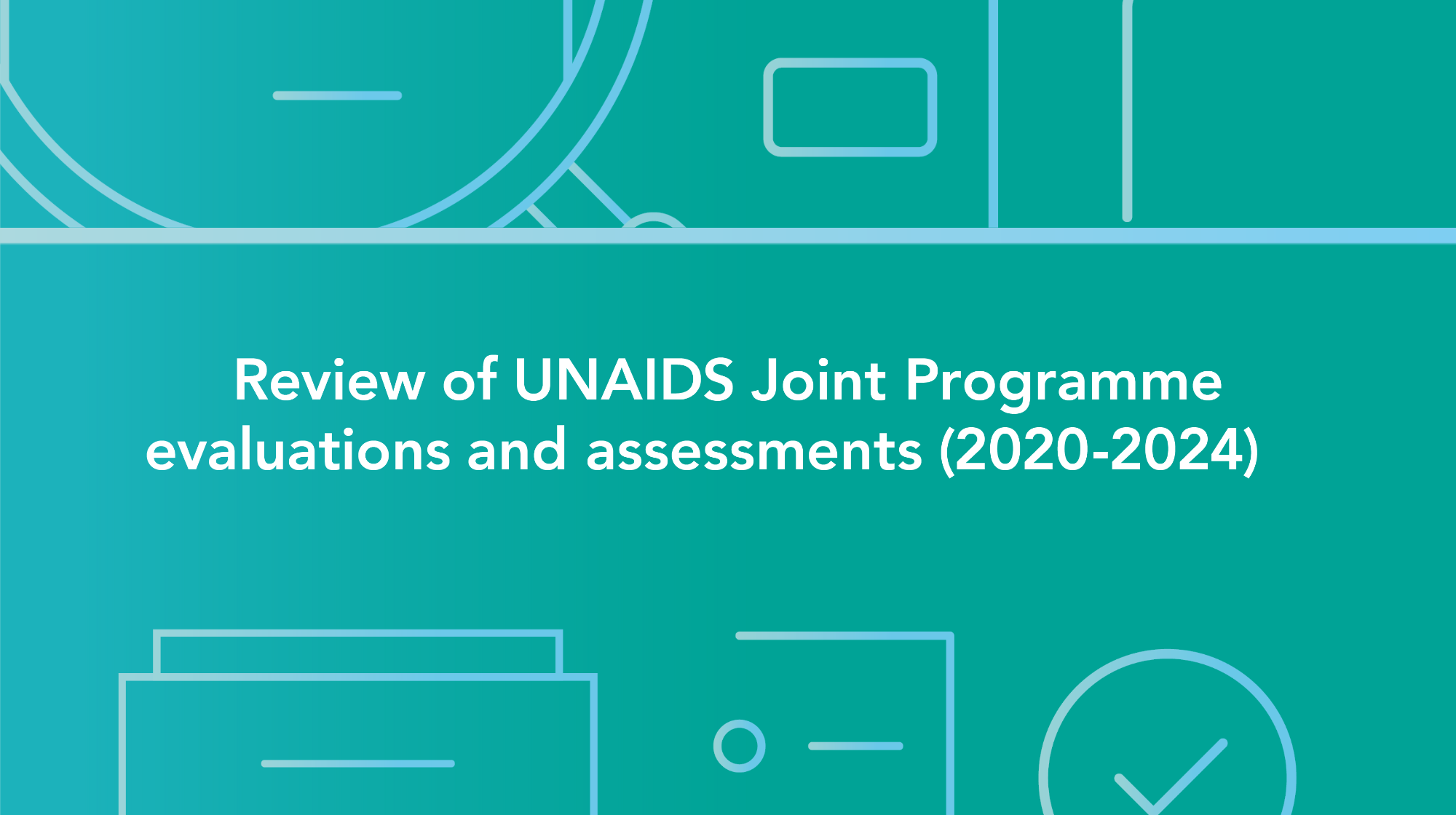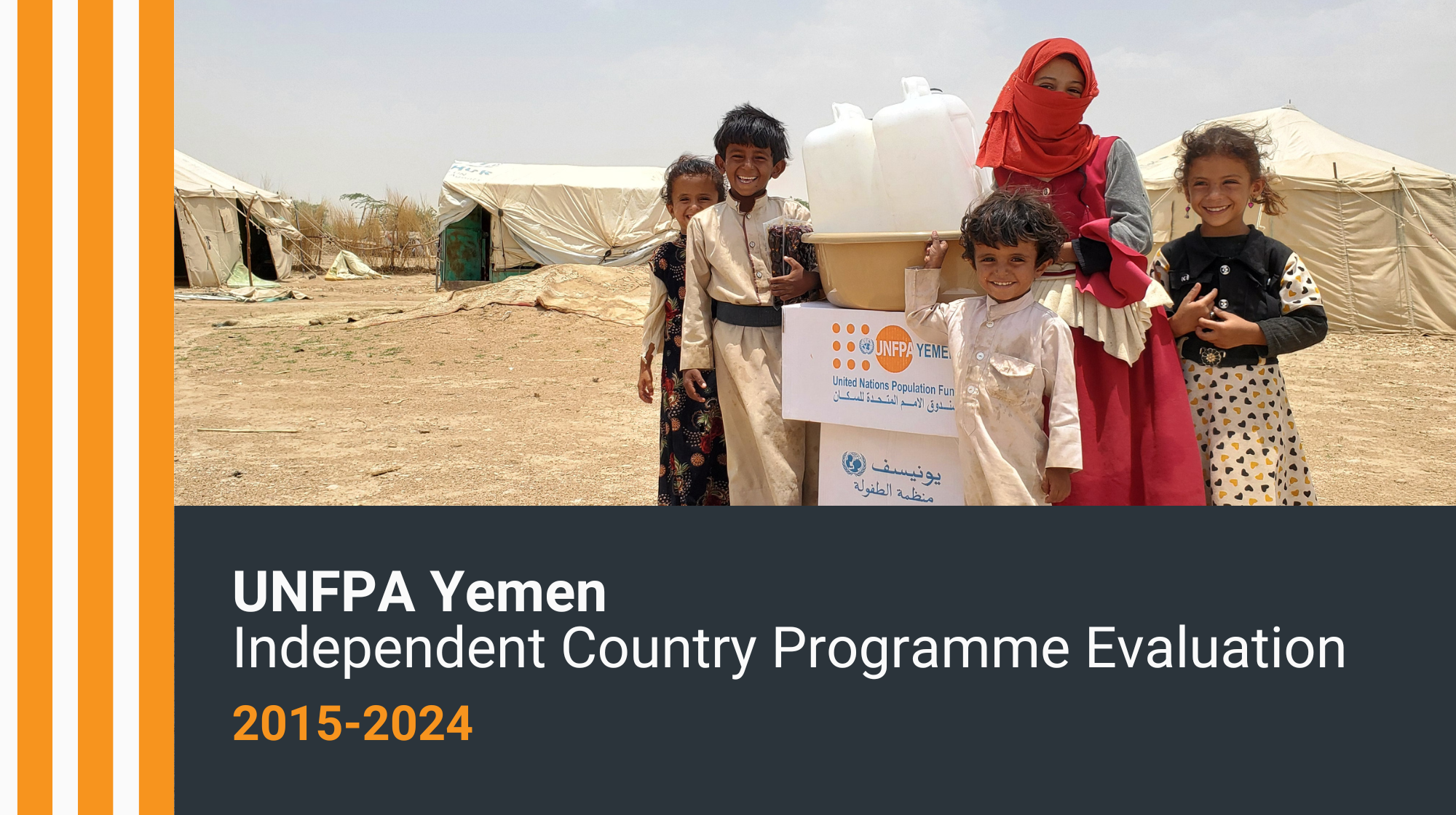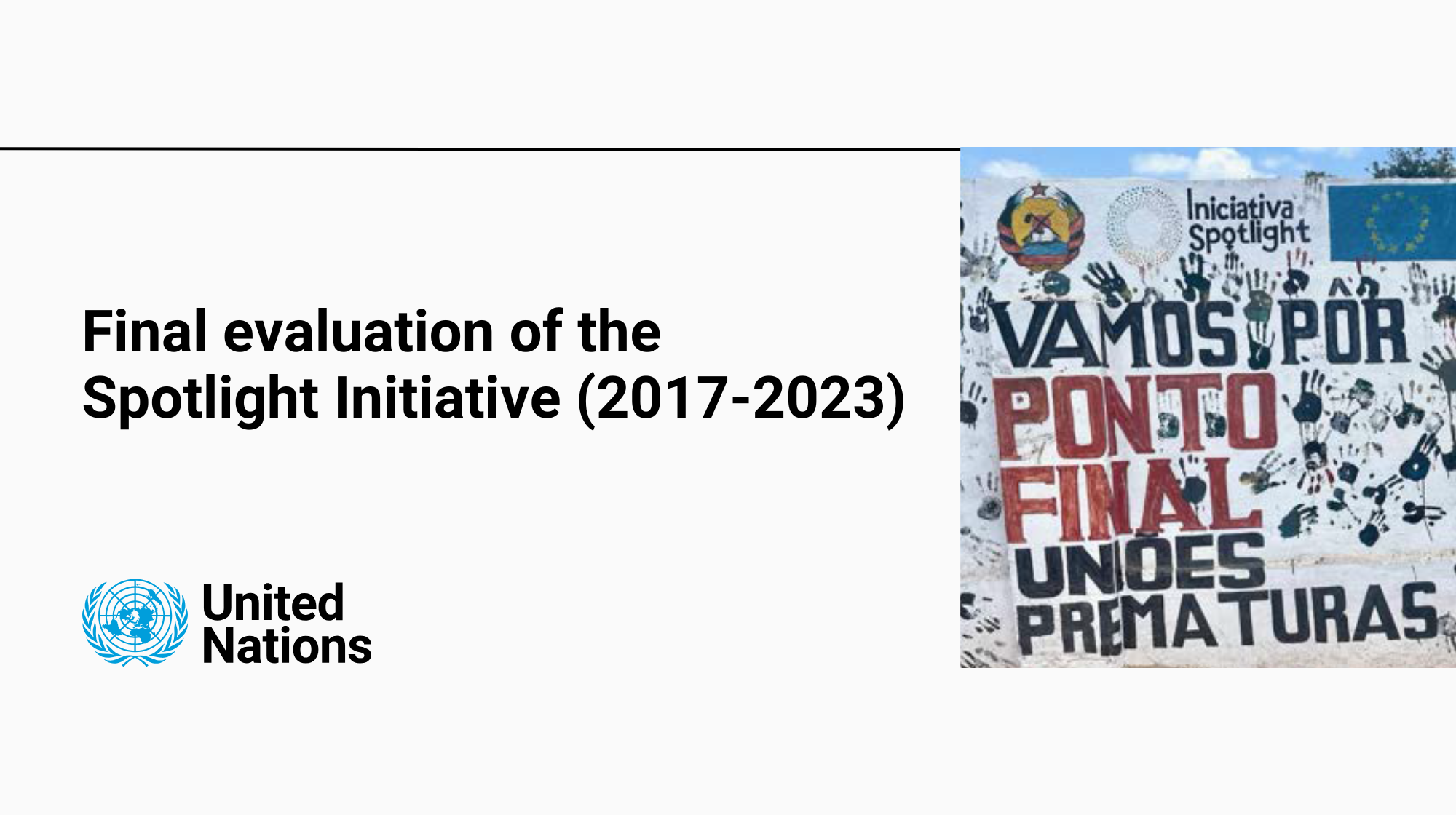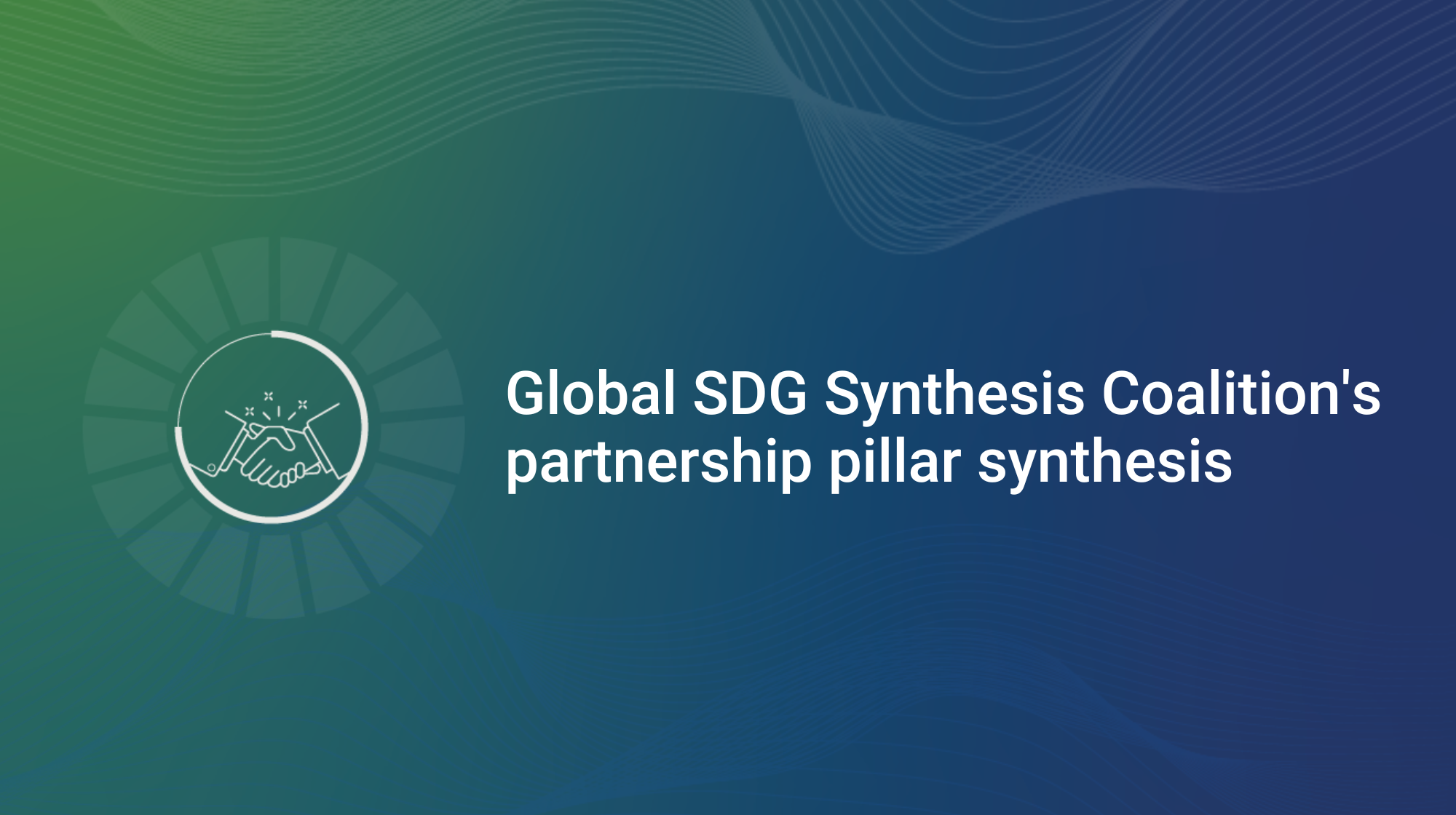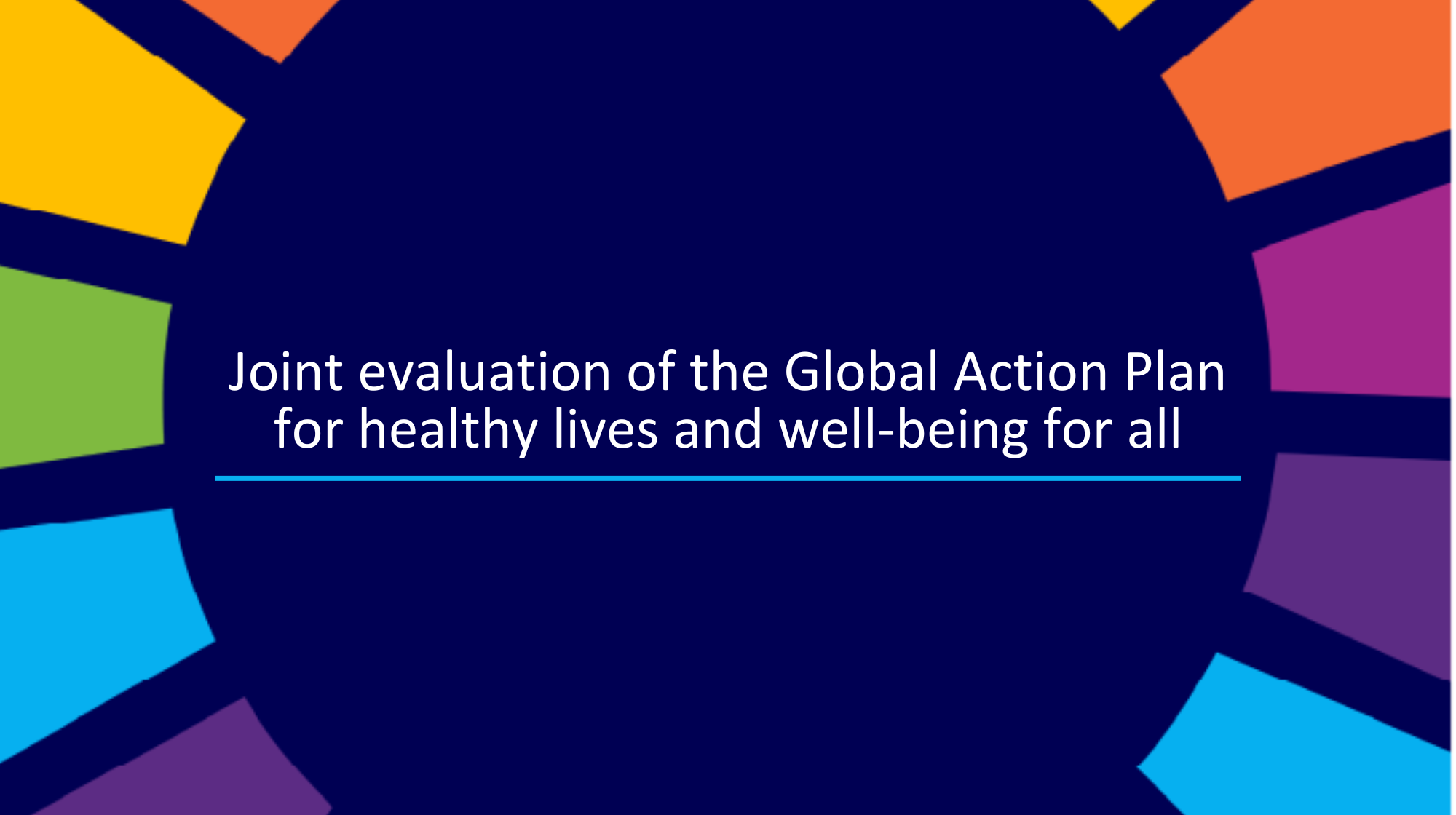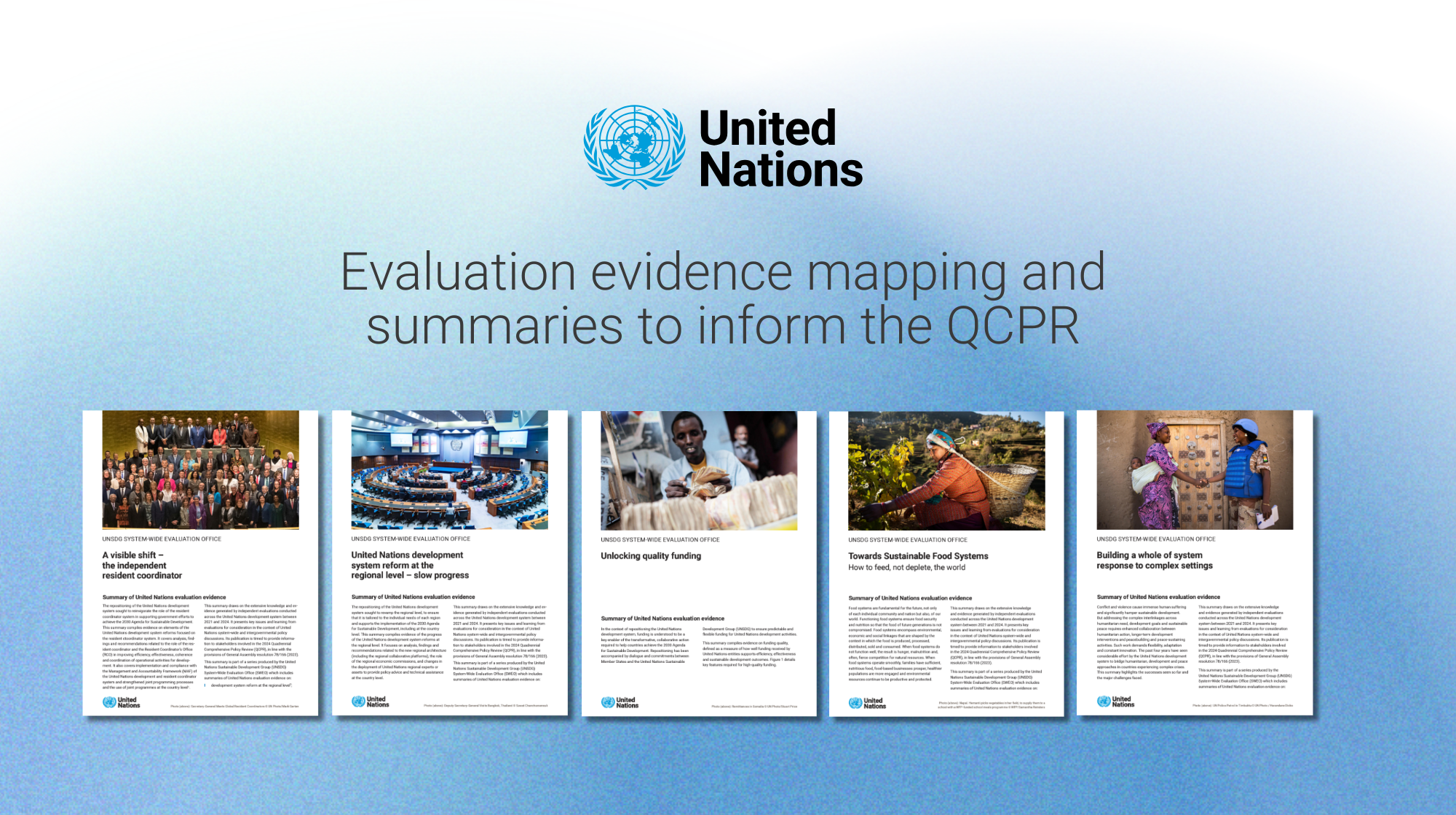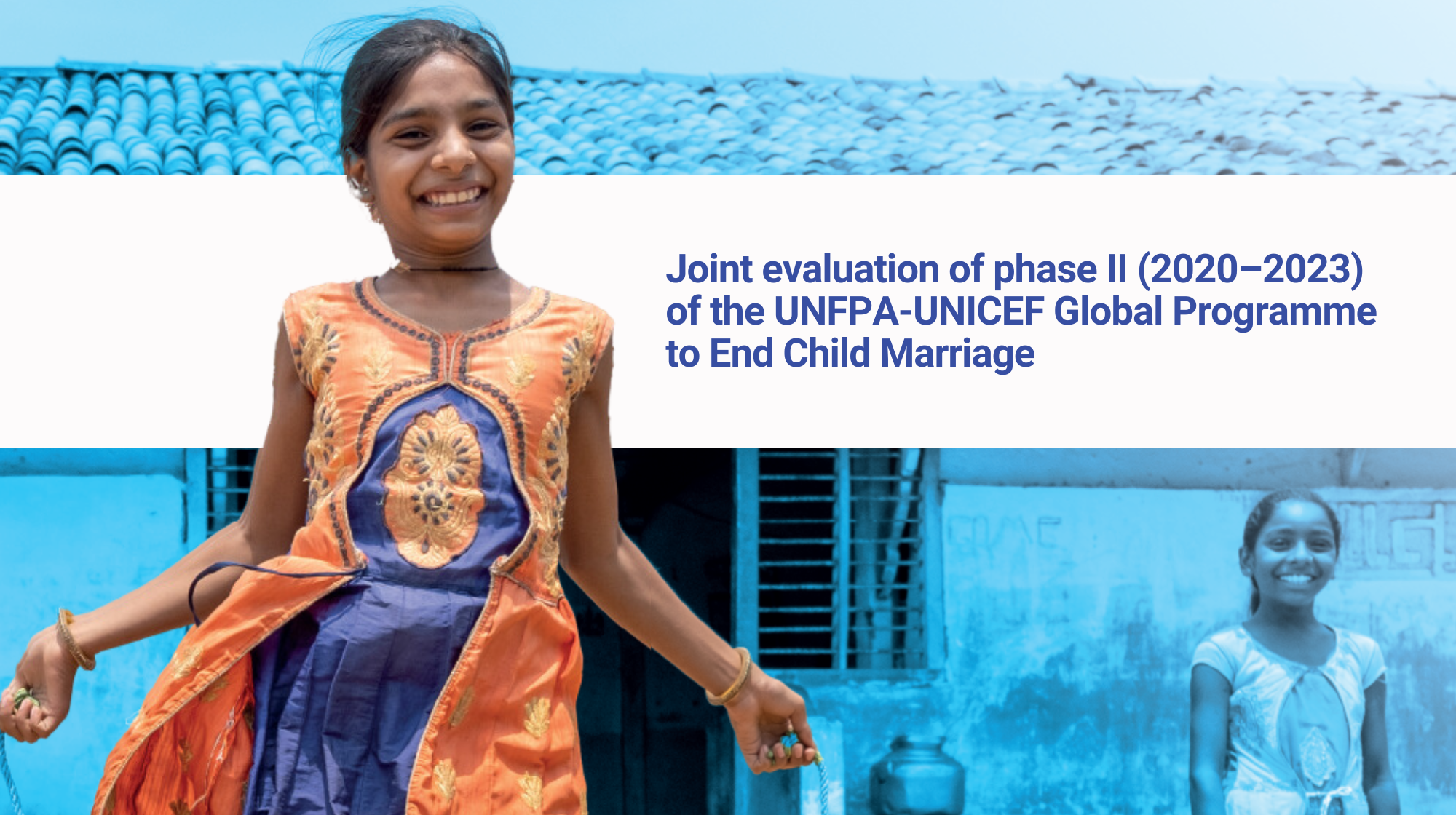This independent Inter-Agency Humanitarian Evaluation (IAHE) assessed the collective famine prevention response of the Inter-Agency Standing Committee (IASC) member agencies in Somalia between 2021 and 2024. The IAHE was led by OCHA, and the UNFPA Independent Evaluation Office was part of the management group together with IOM, IRC (on behalf of ICVA), UNHCR, UNICEF, UN Women, WFP and WHO.
The evaluation found that, despite a highly challenging operational environment, the scaled-up collective response by IASC members played a critical role in preventing famine and saving thousands of lives in Somalia. The response also contributed to expanding humanitarian access to marginalized communities and hard-to-reach areas.
The evaluation also highlights several challenges that impacted the effectiveness of the response, including unintended negative consequences, overly complex and duplicative coordination structures that limited the efficiency of decision-making, and persistent gaps in ensuring accountability to affected people.
The evaluation identifies improvements that would enable humanitarian organizations to better serve communities in future responses, with a focus on how short-term life-saving aid should be designed and making the response more accountable. The report recommends reducing the number of coordination fora and meetings by at least half, eliminating duplication, and making the response more accountable by increasing transparency and strengthening the engagement of affected people.

